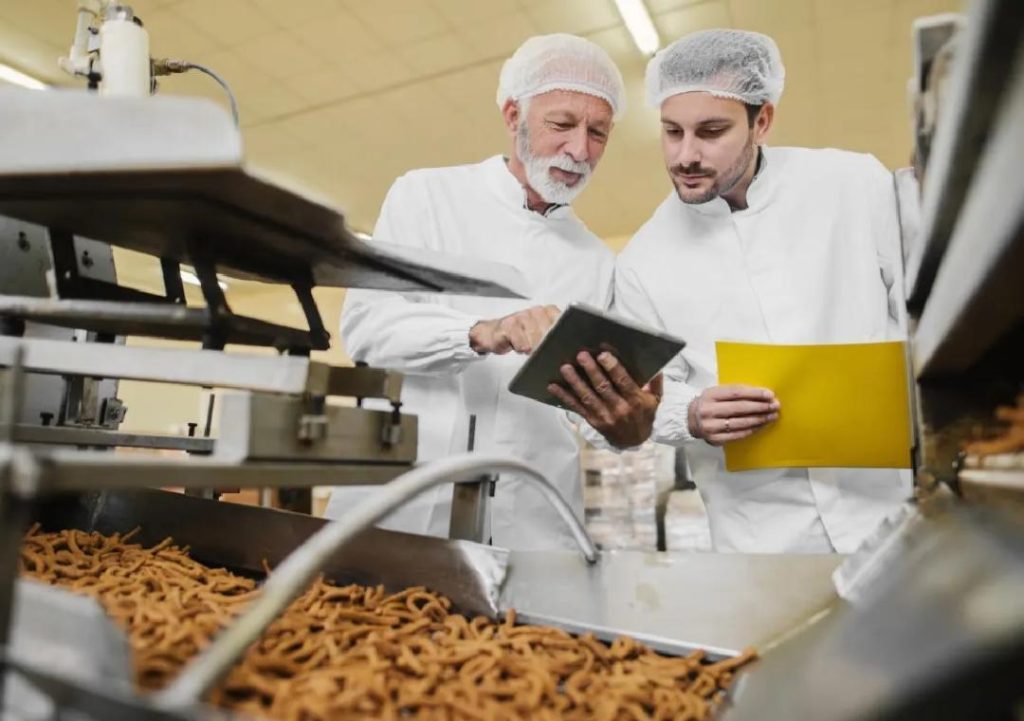
Can P&L Optimisation Redefine Success in Food Technology?
The food technology industry is notoriously competitive, with companies constantly striving to innovate, adapt, and stay ahead of the curve. To achieve success in this fast-paced market, businesses must not only develop cutting-edge products and services but also optimise their profit and loss (P&L) operations. In recent years, food tech companies have begun to revolutionise their P&L operations by embracing automation, smart inventory systems, and data analytics. These tools have proven instrumental in cutting waste, sharpening demand forecasting, and supporting better decision-making.
In this blog post, we’ll explore the impact of P&L optimisation on food technology companies and how it can redefine success in the industry.
The Challenges of P&L Operations in Food Tech
Food technology companies face unique challenges when it comes to P&L operations. The industry is characterised by high costs, complex supply chains, and fluctuating demand. This makes it difficult for businesses to accurately forecast demand, manage inventory, and maintain profitability.
Traditional P&L operations often rely on manual processes, which can lead to inefficiencies, errors, and wasted resources. For example, manual inventory tracking can result in stockouts, overstocking, and even inventory spoilage. Similarly, manual forecasting methods can lead to inaccurate predictions, causing businesses to overproduce or underproduce products.
The Benefits of P&L Optimisation
By streamlining P&L operations, food technology companies can overcome these challenges and achieve significant benefits. Here are a few key advantages:
- Reduced Waste: Automation and data analytics can help businesses identify and eliminate waste throughout the production process. This can include reducing food waste, minimising packaging, and streamlining logistics.
- Improved Demand Forecasting: Smart inventory systems and data analytics can provide accurate demand forecasts, enabling businesses to better plan production, manage inventory, and adjust to changes in demand.
- Enhanced Decision-Making: With real-time data and insights, businesses can make informed decisions about product development, pricing, and marketing strategies.
- Increased Efficiency: Automation and process optimisation can reduce manual errors, increase productivity, and free up resources for more strategic activities.
- Improved Customer Satisfaction: By reducing waste, improving quality, and increasing efficiency, businesses can provide better products and services to customers, leading to increased satisfaction and loyalty.
Scalable Models for Food Tech Success
To achieve success in the food technology industry, businesses must adopt scalable models that can adapt to changing market conditions. Here are a few key strategies:
- Data-Driven Decision-Making: Use data analytics to inform business decisions, from product development to marketing and sales.
- Cloud-Based Operations: Leverage cloud-based platforms to streamline operations, reduce costs, and improve scalability.
- Modular Production: Adopt modular production systems that can be easily scaled up or down to meet changing demand.
- Collaborative Supply Chains: Foster collaborative relationships with suppliers, logistics providers, and other stakeholders to improve efficiency and reduce costs.
- Continuous Improvement: Emphasise continuous improvement, using data and insights to identify areas for optimisation and implement changes.
Real-World Examples of P&L Optimisation in Food Tech
Several food technology companies have already achieved significant success by optimising their P&L operations. Here are a few real-world examples:
- Food delivery company, Deliveroo: Deliveroo uses data analytics to optimise its logistics and menu offerings, reducing food waste and improving customer satisfaction.
- Meal kit company, HelloFresh: HelloFresh uses automation and data analytics to streamline its production process, reducing waste and improving efficiency.
- Food processing company, General Mills: General Mills uses data analytics and smart inventory systems to optimise its supply chain and reduce waste.
Conclusion
P&L optimisation is no longer a nice-to-have, but a must-have for food technology companies seeking to achieve success. By adopting automation, smart inventory systems, and data analytics, businesses can cut waste, sharpen demand forecasting, and support better decision-making. Scalable models, such as data-driven decision-making and cloud-based operations, can also help companies adapt to changing market conditions and stay competitive.
As the food technology industry continues to evolve, it’s clear that P&L optimisation will play a critical role in defining success. By embracing these strategies, businesses can achieve sustainable growth, improve profitability, and stay ahead of the competition.
Source:
https://www.growthjockey.com/blogs/p-and-l-operations-in-food-tech






